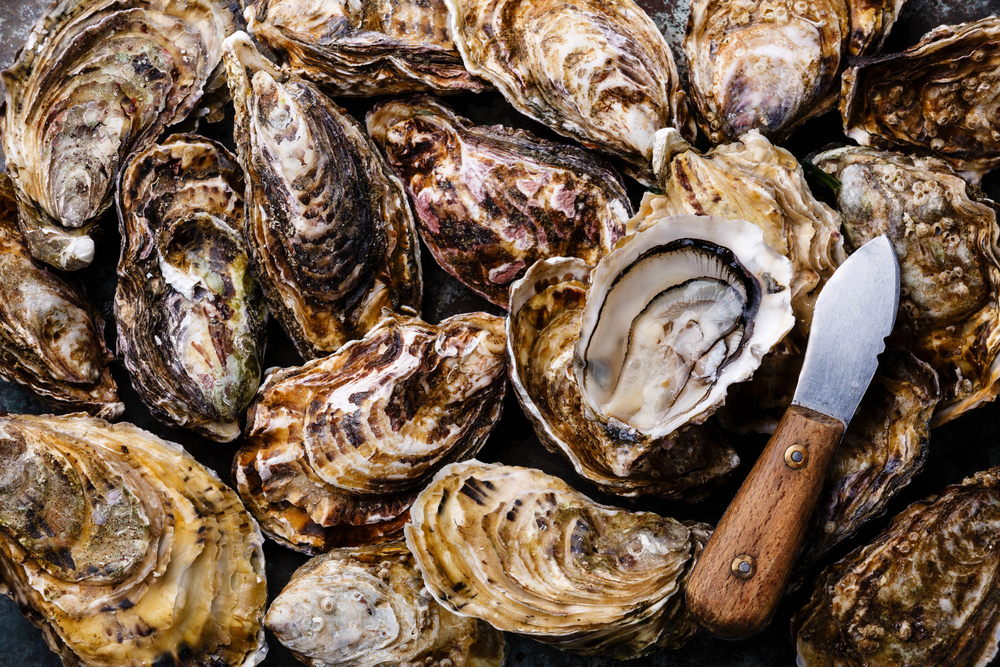Times are not very good for oysters in the Gulf of Mexico right now.

There are several huge, pressing problems facing oysters in the Gulf. The Deepwater Horizon oil spill killed billions of oysters, droughts and floods upwards from the rivers that feed the Gulf have fed damaging amounts of sedimentation into the ocean, and pollution and development remain major issues. But, according to a big new report from the Nature Conservancy, there is hope—and even a plan.
Oysters are vital to the ecosystem of the Gulf of Mexico in multiple ways. Aside from being a near-$100 million-per-year industry, oyster beds perform the same role as coral reefs do elsewhere, breaking waves and protecting shores from the wrath of the ocean. They also, as do other bivalves like clams and mussels, serve as filtration systems for the water. Generally speaking, if a usually-rich bivalve population is struggling, it means the entire ecosystem is in serious trouble.
Seafood Source notes that the oyster population in the Gulf is in dire straits. Alabama cancelled its entire oyster season this year due to low oyster numbers, the first time such a cancellation has ever happened. Following the oil spill, oyster populations dropped to a small fraction of their typical numbers, and haven’t nearly recovered. The Nature Conservancy report estimates that 85 percent of the oyster reefs are lost.
But, happily, hope and resources are not quite as scarce as the oysters. As part of the settlement after the oil spill, BP paid about $160 million for oyster restoration, easily the largest amount of money in US history ever specifically dedicated to that task. The report itself reviews the current conditions across the Gulf, and lays out possible strategies for oyster restoration projects; Nature Conservancy is particularly emphatic on the subject of collaborations between fishermen and the government.
At the same time, the Nature Conservancy also announced two projects of its own: two artificial oyster reefs, both in Texas. One will be in Galveston Bay, a 50-acre project. Another, a 60-acre reef in Copano Bay, will cost about $5 million (those funds will be from the BP settlement), with construction beginning next month. The plan for the Copano Bay reef includes one section open to commercial fishing and another to be protected; the oysters themselves will be seeded this winter and allowed to grow, undisturbed, until 2021.